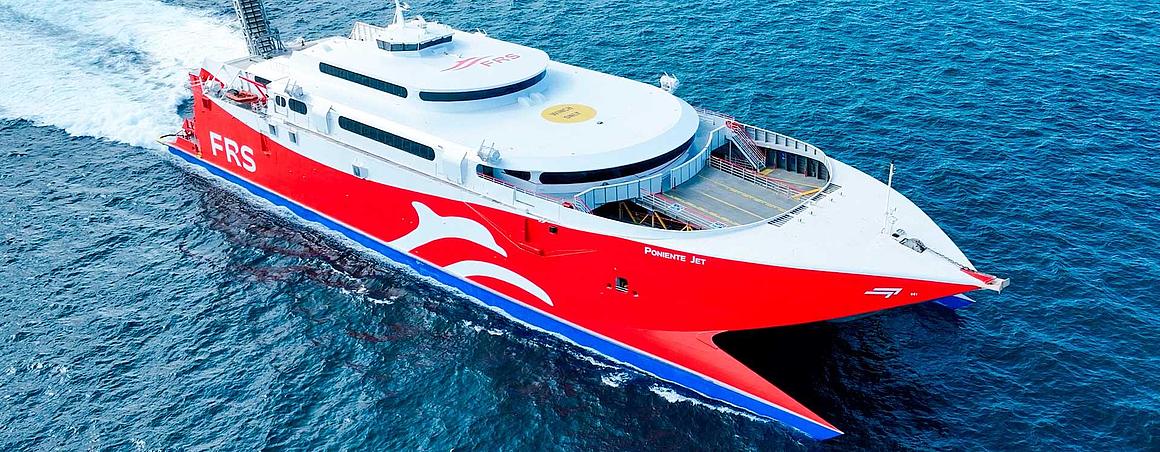ETS Directive
Emissions Trading System
From an energy perspective, maritime transport is one of the most efficient. It is estimated that, at European level, maritime transport accounts for around 3% of total CO2 emissions.
Under the EU's "Fit for 55" plan, the objective is to reduce greenhouse gas emissions by 55% below 1990 levels by 2030 and to make progress in decarbonising the maritime sector. The Emissions Trading System (ETS) is the cornerstone of the EU's climate change policy and the key tool for cost-effectively reducing greenhouse gas emissions.
For this reason, the European Union has adopted the EU ETS (Emissions Trading System) directive to the maritime sector as of January 1, 2024.
